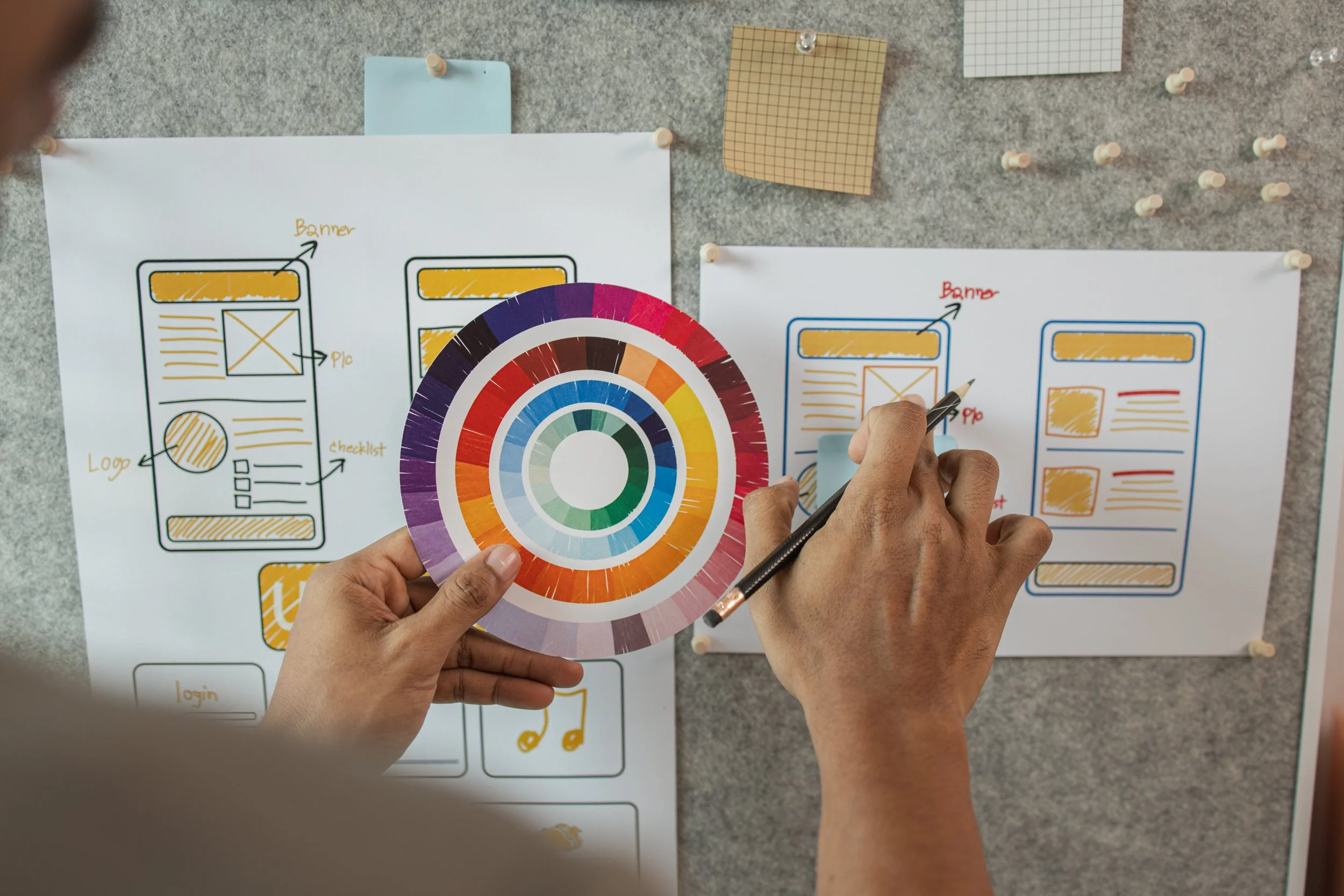Aesthetics Aren’t Enough: How to Make Your Website Design More Effective
Your website should do more than look pretty
Imagine this: you’re walking down a street of trendy boutiques, and one store in particular catches your eye. It has a beautifully curated window display, with well-dressed mannequins, sparkling accessories, and a pop of seasonal décor. Every detail is designed to draw you in, which is precisely what it does.
So, you push the door open to go inside. A little bell announces your arrival, but no one greets you. Soon, you realize the window display was misleading. The shelves are empty, the staff is nowhere to be found, and the aesthetics are just that.
This anecdote, while potentially unrealistic, serves as a reminder why your website should do more than look pretty. The empty boutique is an apt metaphor for far too many websites today. They’re stunning on the outside, but hollow within.
The Internet has long been a place for innovative beauty, and aesthetics do matter. Design can earn attention and credibility in mere seconds. In fact, 46% of consumers say website design does impact their trust in a brand.
Still, if there’s no substance behind the style, your website design strategy is lacking. A strong website pairs form with function. It looks good and communicates the core tenants of your brand, offerings, and differentiators.
The Difference Between Design and Experience
Instead of being driven by purely aesthetic decisions, strategic website design focuses on the overall visitor experience. Good stores, which we’ve all shopped at, do the same. Their stylists pull you in, greet you kindly, then ask you what you’re looking for and help you find it. That’s why, in the digital world, you should think of your website as more than just a window display. Instead, consider it the stage you’re using to tell your brand’s story.
Design draws attention, but experience drives action. A visually appealing website may catch someone’s eye, but attention is easily lost when the subsequent navigation or messaging is confusing. When style outpaces substance, customers quickly tap into the disconnect and will keep searching until they find something real.
Instead of relying too heavily on aesthetics, effective website design uses visuals, copy, and layout in tandem to communicate. That means intuitive navigation, clear calls to action, and compelling content are just as important as trendy fonts and exciting graphics.
Of course, these two buckets aren’t mutually exclusive. Visual cues can highlight key messaging and motion can guide attention. Similarly, colors, spacing, and typography should amplify clarity instead of distracting from it. When aesthetics support purposeful content, the website communicates, persuades, and converts.
Strategic Web Design That Works
Building an effective website based on strategic or user-centered design doesn’t have to be difficult either. The best websites rely on clear storytelling and engaging visuals. Some common components include:
Hero messaging, which should immediately communicate your value proposition, giving visitors a reason to engage;
Thoughtfully sequenced content, which guides users naturally from awareness to action;
An intuitive menu and logical page hierarchy, which reduce friction and make it easy for visitors to find what they need;
Calls to action, which should feel deliberate and aligned with your brand story, rather than generic prompts.
At the same time, performance and accessibility should ensure your site functions smoothly across devices, allowing every visitor to experience your brand fully. Research suggests mobile users are five times more likely to abandon a site if it’s not optimized for their device, while about four in ten users abandon a site when its images are too slow to load.
The point is that strategic web design must have content that loads quickly and supports the brand story, as opposed to just pretty assets. Every image, block of copy, and testimonial should reinforce your core messaging and build credibility. Design and strategy work best when they go hand-in-hand. Visual cues should highlight key text, motion should guide attention, and colors, spacing, and typography should all enhance clarity instead of distracting from it. Ideally, your website will look good while guiding, supporting, and communicating with those who visit it.
How to Measure and Optimize Website Effectiveness
Moving beyond surface-level aesthetics requires having a strong understanding of whether your website is actually attracting and engaging visitors. Instead of just worrying about how things look on the page, track metrics like engagement (scroll depth, time on page), conversions (form submissions, downloads, purchases), bounce rates, and navigation paths. These insights can be used to iterate continuously, refining both design and messaging to optimize results.
The bottom line is that your website is more than just a digital storefront. Once again, it’s the stage where your brand story comes to life. Just as a boutique’s window display draws people in, sleek design can capture attention in seconds. But beauty alone won’t keep visitors inside or inspire them to act. Strategic web design pairs aesthetics with purpose.
When design and strategy are aligned, your website becomes more than just a pretty page. It’s a living, working representation of your brand—one that can attract visitors, earn their trust, keep them engaged, and convert them to customers.


